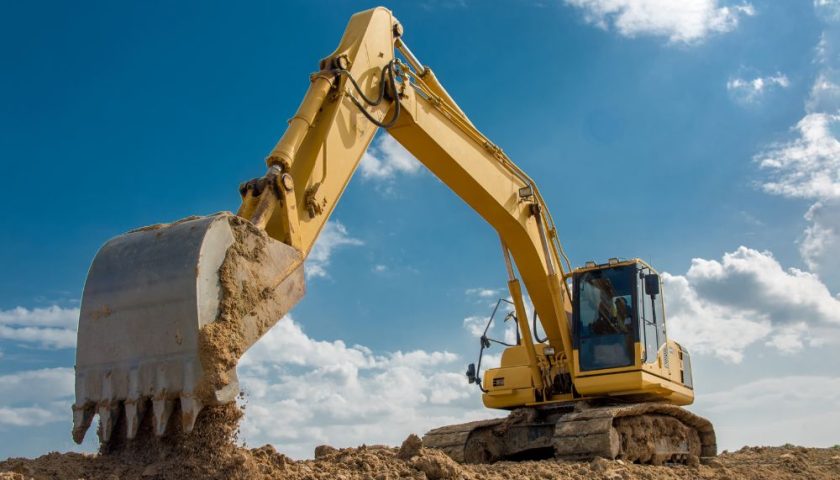Monday morning, Nine hours after a 7.8 magnitude earthquake hit Turkey and Syria, a 7.5 magnitude earthquake struck. The death toll is over 3,800 and rescue workers have only just begun to remove the collapsed buildings.
As local faults adjust to such a massive initial tremor, aftershocks continue to shake the region, a process scientists say can continue not just for days, but for months or even years. There is even a slight chance of an aftershock. Big than the first earthquake.
“Aftershock risk is high, basically, after the mainshock, but there will be significant aftershocks for years after this earthquake,” said David Oglesby, a geophysicist at UC Riverside. “Now, I can predict for you that there will be 5, maybe 6 or more earthquakes in this area. That’s an easy call, because historically, statistically speaking, that’s almost guaranteed.
That would turn the humanitarian crisis in Turkey and Syria into something more dire. “We can’t say that to people. Okay, good, you’re done. That was awful, and now it’s over. Because that’s not how the Earth works,” said earthquake geologist Wendy Bohon. “It’s a shame to know that these people, after being so traumatized and going through such a devastating experience, will continue to be shaken by an earthquake for so long.”
Earthquakes are the result of plate tectonics: plates are large blocks of rock that move independently within the Earth’s crust but are connected to each other by faults. “Eventually, the stress and tension will overcome the friction that holds the rocks together, and those rocks are going to break in an earthquake,” Bohon said. “When the rocks break, they release energy in the form of waves, and those waves are what we feel as tremors.”
Monday morning’s main shock was located about 125 miles off the East Anatolian Fault in southern Turkey. Specifically, this was a strike-slip earthquake, meaning that stress built up between two rock masses moves horizontally in opposite directions until the fault breaks. It was also much shallower underground, meaning it produced stronger tremors at the surface. (The San Andreas Fault in California is also a strike-slip fault—that’s what destroyed most of San Francisco in 1906.)
Generally speaking, the larger the mainshock, the larger the aftershocks, which decrease in frequency and intensity over time. As you can see on this map, there are aftershocks of varying magnitudes along the fault line, as well as on a separate but connected fault line to the north. “It’s a very complex fault system, because the crust has been crushed there,” said Alice Gabriel, a seismologist at the Scripps Institution of Oceanography.
That complexity means that what happens in one disaster doesn’t stay there. The stress that caused the 7.5 earthquake may have been building for some time, and the aftershocks from the main quake. Austin Elliott, an earthquake geologist with the United States Geological Survey, said: “It moved the clock up a little bit so it had the potential for a large earthquake eventually; Maybe a little earlier. Such earthquakes are “just other earthquakes—nothing makes them different. A very large earthquake greatly changes the stress on the Earth’s crust, increasing the magnitude of all earthquakes in the area.




